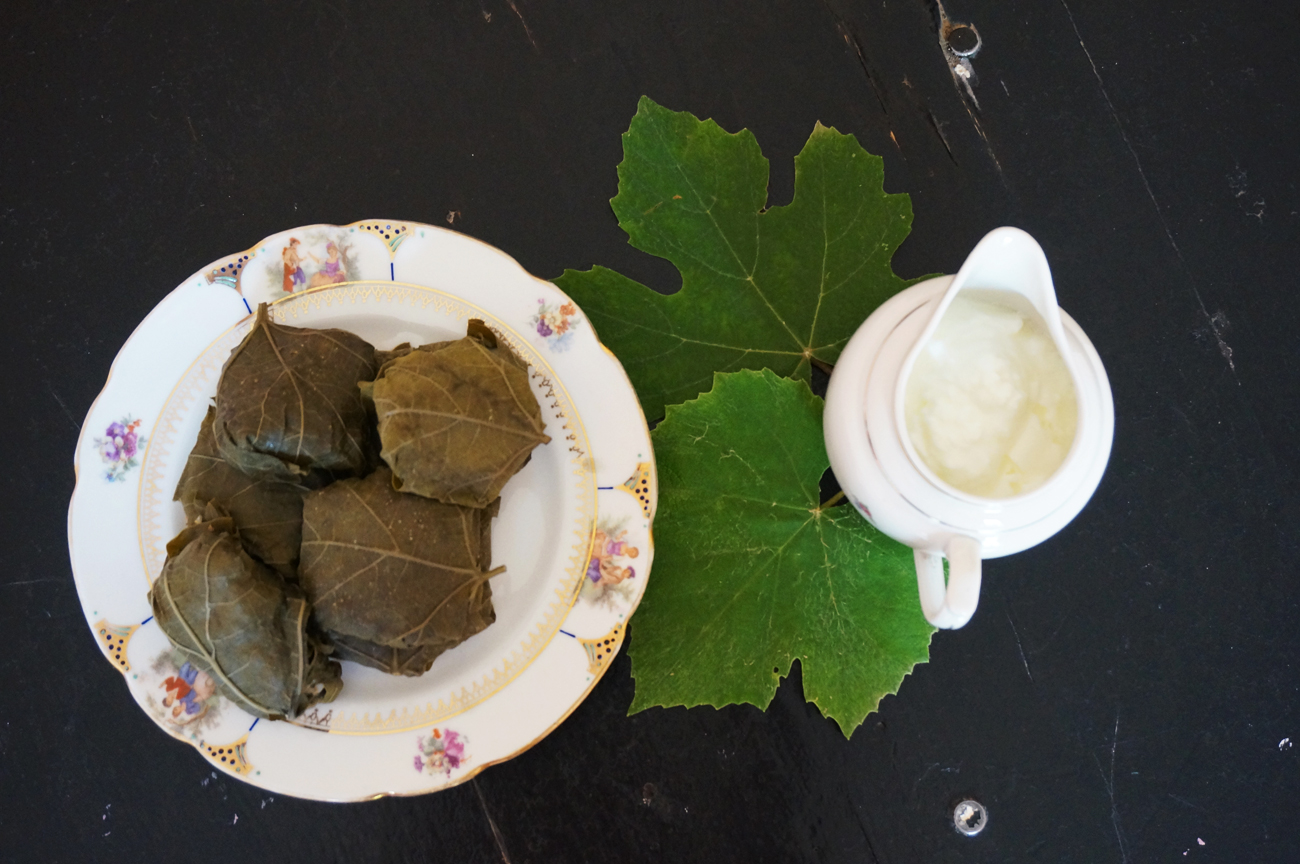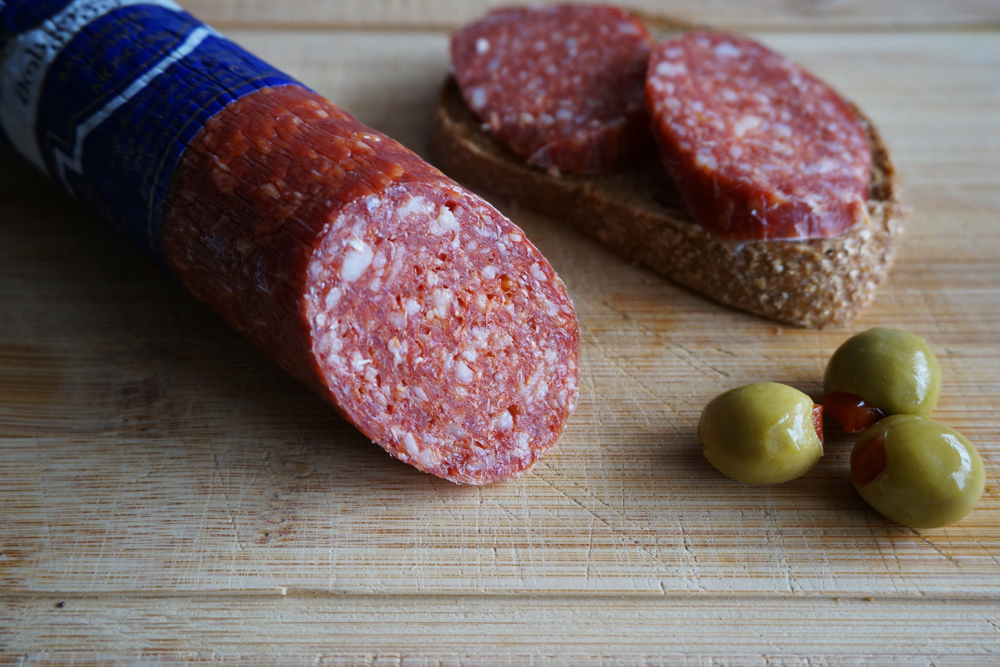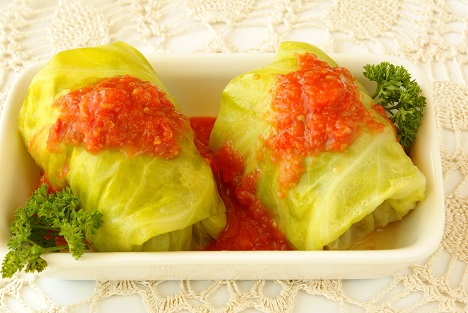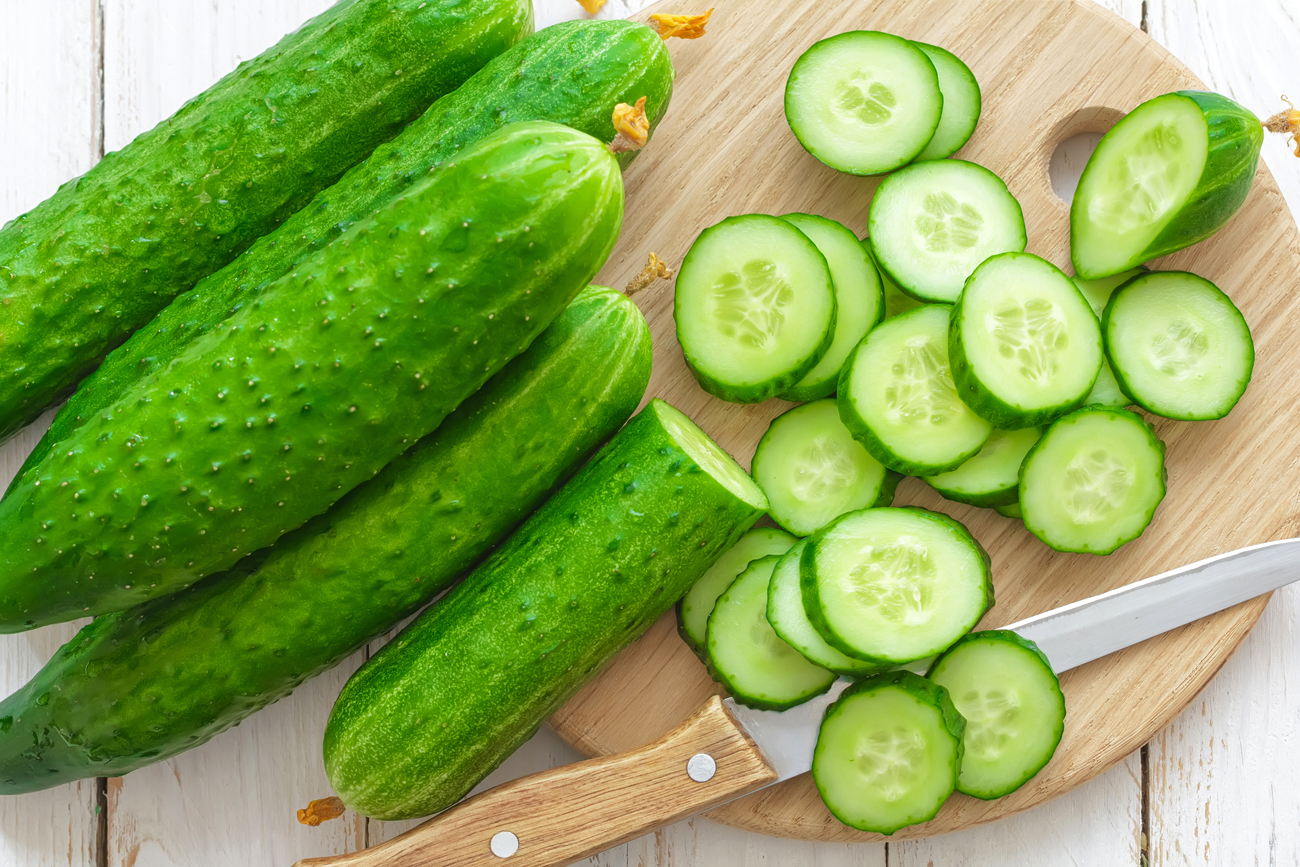Dolma – Memories wrapped in grape leaves

Grape leaves are essential when making dolma.
Anna KharzeevaAfter nearly two years, it’s time for the final recipe of the Soviet Diet. For this occasion, I chose an Armenian dish as a tribute to Anastas Mikoyan, a Soviet minister of different departments, including food, under administrations from Lenin to Brezhnev, and the driving force behind the Book of Healthy and Tasty Food.
Dolma is an Armenian dish (for the post-Soviet space, that is), and since Mikoyan was Armenian, although born and raised in Tbilisi, Georgia, I thought it would have been part of his Soviet diet.
I first tried dolma over at my sister-in-law’s place. Her family moved to Moscow from Yerevan when she was 6, and brought the culinary traditions with them, much to my delight. Marina Nikolayevna, my brother’s mother-in-law, manages to make dolma to feed the whole extended family in the tiny kitchen of her “khruschevka,” the Russian nickname for pre-fab apartment buildings built when Nikita Khrushchev was the Soviet leader. When you go to her house, a huge pot of dolma is placed on the table, with white sauce on the side, and the family digs in – if you put fewer than 4-5 dolma on your plate, you get looks. You don’t want to get looks at an Armenian dinner table, so you eat a lot, which is not hard, since Marina Nikolayevna’s dolma is to die for.For my dolma, I brought a jar of marinated grape leaves from Yerevan. The leaves were rolled up in batches of about 5, and had a very strong marinated aroma. My leaves were big, so the dolma I made turned out quite a bit bigger than bite-size, which is what they should be. Making bigger rolls wasn’t too tedious a task, and I made over 20 pieces quite quickly – the recipe was easy to follow and I didn’t alter anything.
My dolma was nice, although not as nice as Marina Nikolayevna’s – and I will soon explain why. I made a couple of rolls with fresh grape leaves from the garden (one of the joys of living in Georgia!), and they were softer than the marinated ones, and less salty, too.
Marina Nikolayevna reminisced about dolma back in the day: "My parents were Russian, but they were sent to Armenia to work when they were in their early twenties. Naturally, living in Armenia, mom used to make Armenian dishes. I learned to make dolma from my mother-in-law, who learned it from her mother-in-law. Everyone used to make dolma at home, and of course each woman her own variation. Grape leaves were available at markets — at the beginning of summer fresh, which were the best, and the rest of the year marinated. During the hard times in the late 80s-early 90s I would pick grape leaves from the garden at the university where I used to work — there were beautiful apricots and grape leaves in the garden, it was great to go leaf-picking during lunch break. During the economic blockade of Armenia, I would make dolma with millet, and sometimes with fish from Lake Sevan — we used to survive on that fish!"
She also told me about the summer version of dolma — grape leaves, eggplants, bell peppers and tomatoes — all cooked in one pot. "Walking home in the summer, I would smell it coming from someone's kitchen and rush home to get some myself. Come over on Saturday, I'll make some!"I won't need to be reminded of that invitation! While we were chatting, Marina Nikolayevna's son, who was 13 when the family moved to Moscow, remembered that they used to climb the grape vines in their backyard to get some leaves — they were so sour and delicious to kids, just like green apricots!
I felt very privileged to have been trusted with Marina Nikolayevna’s family recipe for 10 ingredient dolma — passed down to two generations of daughters-in-law. “Count on your fingers – you need grape leaves, meat, onion, salt, black pepper, red pepper, purple basil, water, flour and a pinch of sugar – the secret ingredient,” she said. The book’s recipe has only 5 ingredients – that explains my dolma! (let’s just pretend that is the only reason, and not one of 10!)
Granny didn’t have much to say about dolma — the first time she ever tried it was also at Marina Nikolayevna’s place. “Grape leaves in Moscow are exotic, dolma with cabbage leaves – that’s our style!”
When I asked for some final thoughts about the project, Granny said: “Soviet housekeepers (khozyayki) were true heroes. To make anything you needed to be very creative, inventive, persistent and have a lot of useful connections.”
Did Mikoyan chew on grape leaves as a kid? Did he rush home for some summer dolma? Did his mother share her secret ingredient with Mikoyan's wife? We will never know. But even if we did, these stories couldn’t possibly be as interesting as the ones told in the kitchens by the real people who spent their lives on the Soviet diet, and I’m so happy to have had a taste of it.
Dolma (stuffed grape leaves)
 The recipe from the Soviet Cook Book, page 166
The recipe from the Soviet Cook Book, page 166
How to make it
Ingredients:
- 500 grams lamb
- u00bd cup rice, cooked
- 1 onion, chopped
- 400 grams grape leaves
- 1 Tbsp oil
2. Wash the grape leaves and remove the stems. Spread the leaves on the table. Add stuffing to each leaf and wrap.
3. Season with salt and put the leaves in a saucepan on low heat. Add oil and a cup of broth remaining from the mutton bones. Cover the pan with a lid and simmer on low heat for about an hour.
4. Serve the dolma with a sauce made from yogurt combined with grated garlic and salt or yogurt with ground cinnamon mixed with powdered sugar.
All rights reserved by Rossiyskaya Gazeta.
Subscribe
to our newsletter!
Get the week's best stories straight to your inbox


